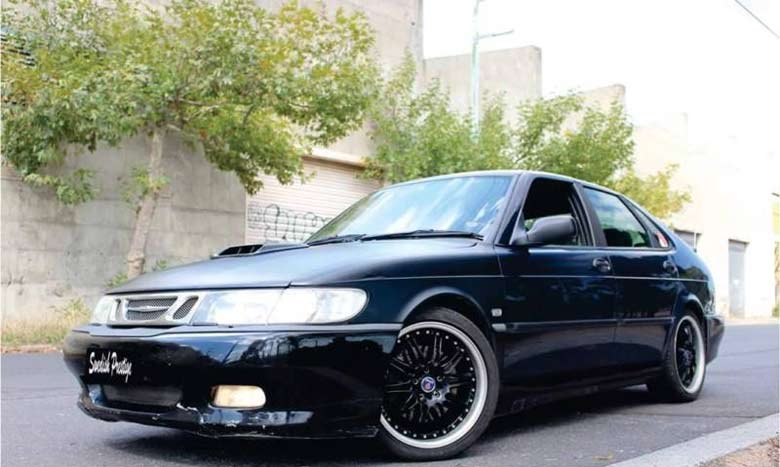Have a fabric soft top? Here’s video guide on cleaning and protecting them for you. Whether the soft top roof is on a classic or modern Saab, faded, dirty and mouldy soft top material is not a good look. The fabric material used in soft tops are all treated with protective products when new, as the material can be easily damaged by long term exposure to the outdoor environmental elements like the sun’s rays, grime and water. Over time, this protection slowly dissipates, so regular maintenance to top this up is required, preventing their premature ageing.
The soft-top system works with a combination of mechanical, hydraulic and electronic means. The need to fulfill the Convertible’s all-weather promise placed an uncompromising requirement on good build quality and materials. 1,500 liters of water is sprayed over the Convertible’s soft-top in a special chamber to check weatherproofing.
However, in order for the whole system to work as expected, it must be maintained and cleaned. Below you will find this interesting video explaining how to best maintain the Saab Convertible Car Roof:
Saab Convertibles
It all began in 1986, when the first car in a production run of just 400 Saab 900 Convertibles for the US market was delivered. The Swedish automaker has built 300,000 droptops since the first Saab 900 convertible hit the scene in 1986 as a 1987 model, giving the automaker a foothold in the luxury convertible market.
Key to the Saab Convertible’s abiding appeal has been its ‘four-season’ capability. Here was a car that worked all-year-round, and was as comfortable and enjoyable to use in sunshine or rain and hot or cold conditions. The Saab Convertible was born at the Frankfurt Motor Show in September 1983 when Saab surprised the automotive world by unveiling a 900 concept car with a powered soft-top.
In first incarantion, The triple layer soft-top was extremely durable, snug-fitting and totally weatherproof. Unlike many of its competitors, the Convertible had a heated, glass rear screen, not a plastic substitute prone to cracking and fogging.











Step 1, wash with normal soap to remove all crud. Step 2, if green algae still present, use a mild diluted steriliser such as Milton, scrubbing with a brush. Concentrate on stubborn green spots. Your roof will probably stink of chlorine and old socks for a while as the algae gets zapped. Don’t worry. Step 3, Leave for a day or two then wash with baby shampoo. Step 4, Proof the roof using, for example, Auto Glym softtop proofer or Fabsil. Step 5, step back and admire the rain beading off your roof.
I did all of that about 4 years ago and, though I reproof the roof every 18 months or so, my roof is shiny and black and totally waterproof.